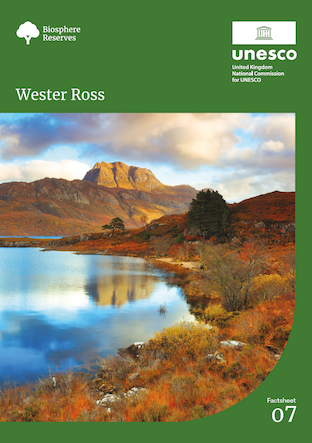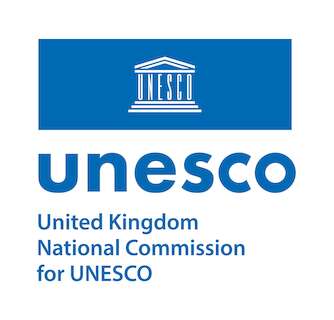Wester Ross was designated as a Biosphere by UNESCO in 2016 and must now complete its first 10-year Periodic Review. This is the formal assessment that determines whether the region retains its UNESCO status for the next decade. Without immediate financial support, the organisation will not have the capacity to complete this mandatory review, which places the designation at risk.
The designation is managed by Wester Ross Biosphere Ltd, a community led charity established by local residents in 2016. Unlike many other UNESCO designations, Wester Ross receives no core government funding. The responsibility for delivering the Biosphere’s work rests largely with local communities themselves.
The area covers 5,200 square kilometres and a population of around 8,000 people, which makes it one of the most geographically extensive and sparsely populated Biospheres in the Europe. This creates a very challenging situation under current financial pressures.
Over the past decade the Biosphere has delivered an exceptional range of work. This includes community-led tourism initiatives and regional destination planning, an expanding Gaelic development programme supported by Bòrd na Gàidhlig, the annual Dark Skies Festival, major place planning under the Wester Ross, Strathpeffer and Lochalsh Area Place Plan, and international collaborations with other Biospheres and research partners in Europe and North America.








